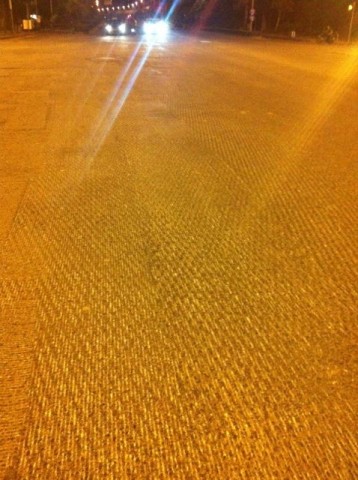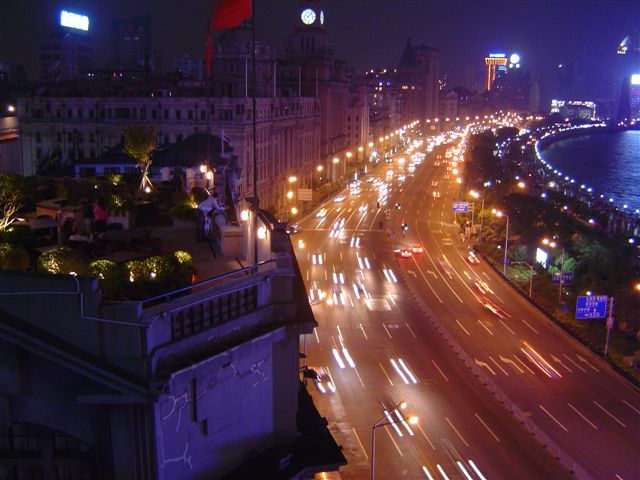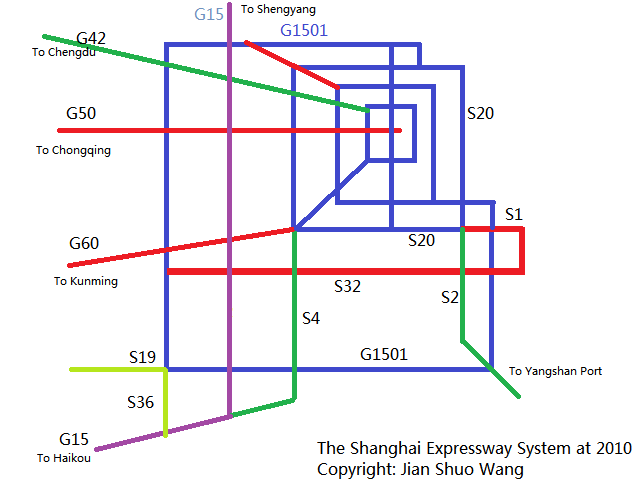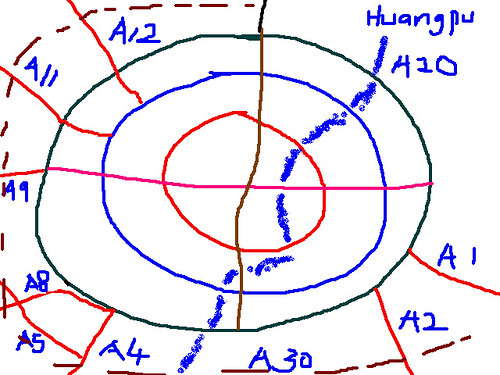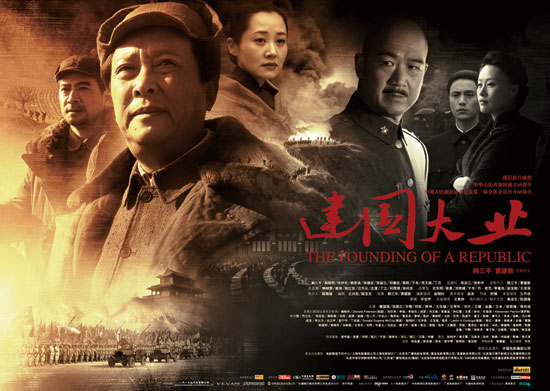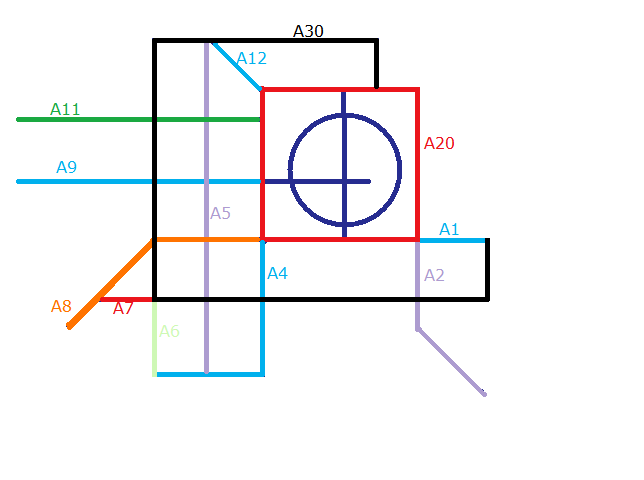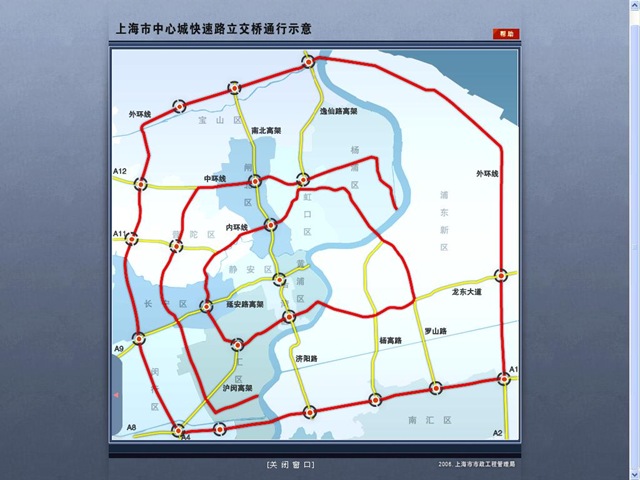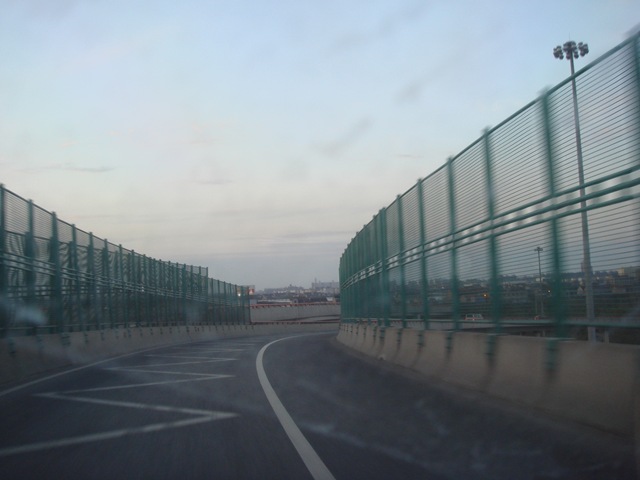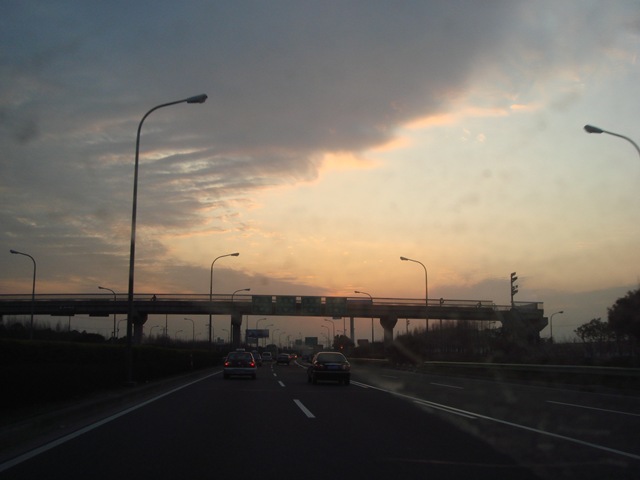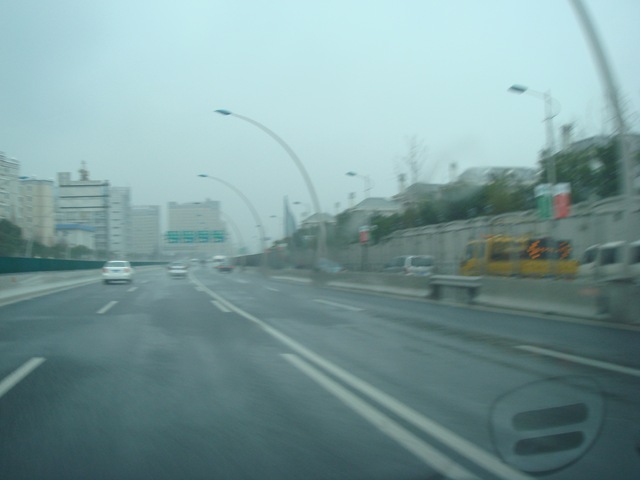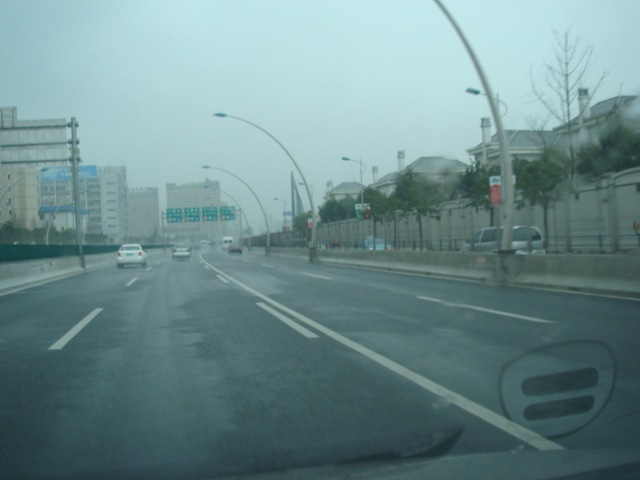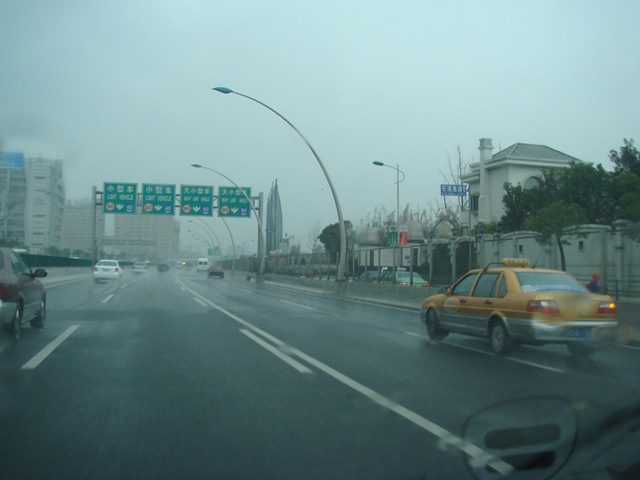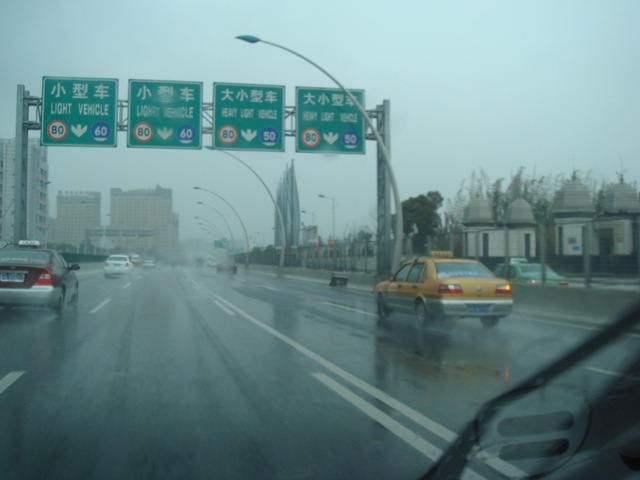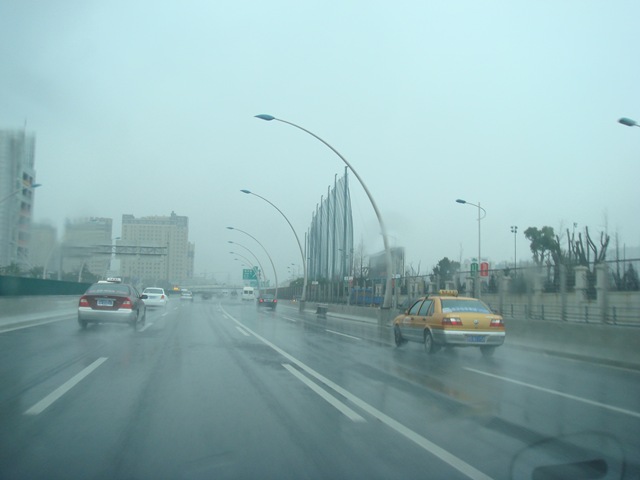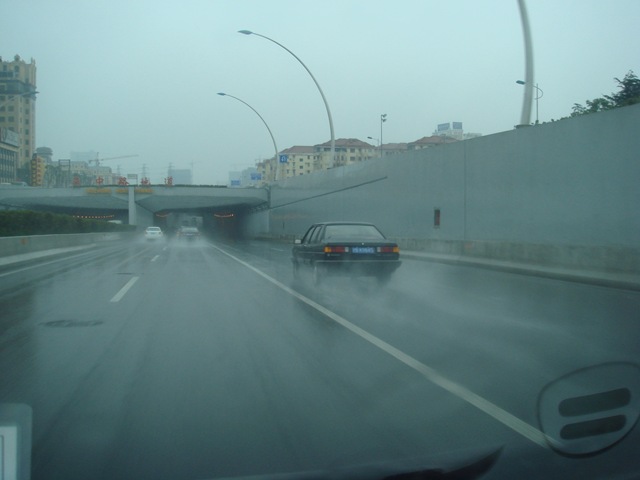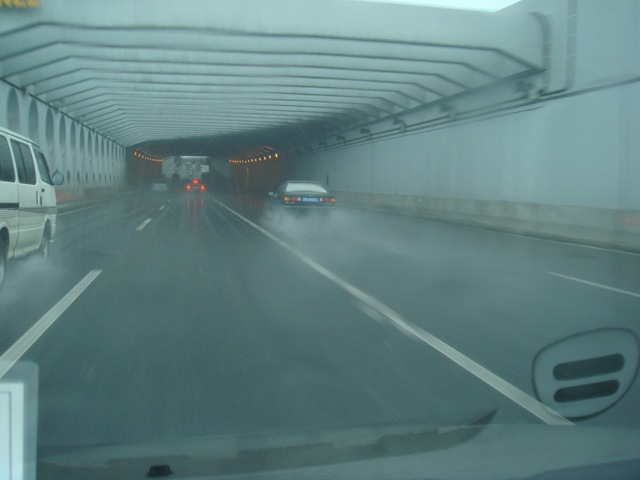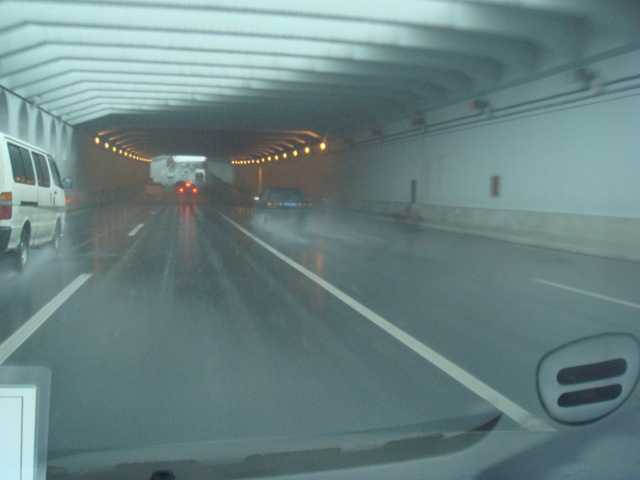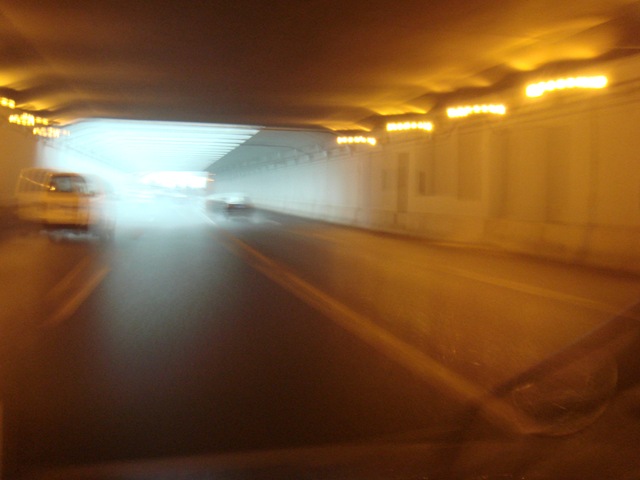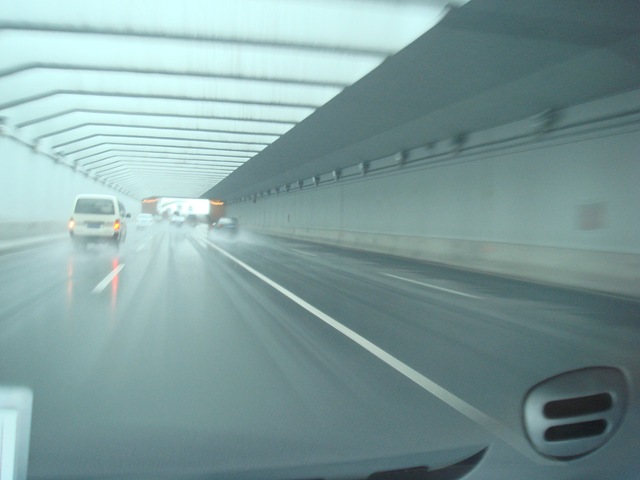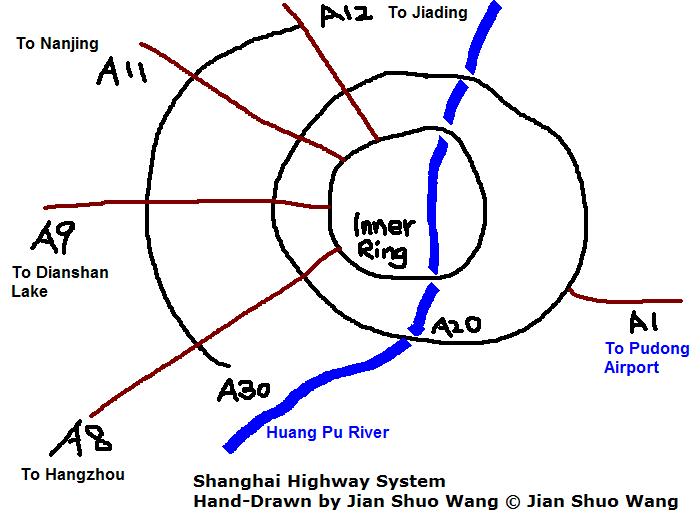I wrote an article titled Leave Home Early to Avoid Traffic Jam. I said I have to wake up one hour earlier to avoid traffic jam. Many readers suggested me to take metro. For example:
How about Teleworking?
Or Car sharing?
Or taking subway?
Posted by: ecodelta on May 27, 2008 12:50 A
And this:
Does it take more than one hour for you to use the subway to get from your Pudong home to Xujiahui? Why not only use the car for weekends and trips other than work, in a more European style? I’ve now returned to Shanghai after just three years away, and the increase in private cars is amazing. An increasing number of car commuters during rush hour has so many bad points, and public transportation is so good in Shanghai now. How about trying the subway at 7, maybe before it too is so crowded?
Posted by: Aili on May 27, 2008 12:53 AM
And this one:
I don’t suppose you would ever consider moving closer to work. :) There’s some nice places to live in Hongqiao.
Posted by: Chinkerfly (external link) on May 29, 2008 12:18 AM
Finally this one:
what about forget the car in the car park and take public transport such buses and metro
its true that if you do not use the car your will not show to people that your own a car (status symbol), but if you do not drive yoru car and go with public transport, you will do to you and to all the following:
1) save petrol money bills in your pockets as well save the cost of car usage
2) most important of all save pollution to you and and everybody, as the not only the choking smokes of yoru car, but all the petrol plastic and pollutant material used for a car will be less consumes.. so finally you will help the world
3) dicreasing the consuem of petrol, will help to decrease wars, in example Iraq, Afganistan, durfur….
so think… instead to wake at 5…. take the subway…. you do a favour to you first and to everybody …
Posted by: jerry on May 29, 2008 10:01 AM
Thanks a lot for giving me suggestions, and I will consider it, and will try alternatives, but before I gave you the report, let me tell you more about why I made the current decision – a chance for my readers to know the life of Shanghai better.
Metro?
I love metro. I am a big fan of Metro. As you can see from the articles I wrote about Metro, riding a metro is the best thing I can think of to do in this city. However, riding a metro is still not a very feasible way for me to do it. There are several reasons.
There are no metro stations near where I live, and I have to find ways to get to the metro station in the morning. I tried many different approach.
Driving to Metro Station
Currently, this is no park and go facilities in Shanghai yet. I used to park my car at the gate of Century Park, and it takes only 10 RMB (1.4 USD) per day to park. I like it a lot, and do park and go at that time. But, it was closed already, and so does all the cheap parking lot near Metro stations like Longyang Road station, Shanghai Science and Technology Station. The current parking lot is both far from the station, and charges 10 RMB per hour. For people like me who often get back very late at night, I can easily paying 100 RMB to 150 RMB per day (that is about 20 USD). Not a very good solution for me. If anyone knows any good parking lot near these three station, or even stations far away, I would like to give it a try.
I do hope the city can build park and go facility and charge cheap for that, so I will definitely do it.
Bus to Metro Station
There are buses from where I live to Metro Station – I choose the Lancun Road station of Line 4, because there are no bus to other stations from where I live. When it rains and at rush hour, it easily take 40 minutes to get through the traffic near Pujian Road, or longer. I was proud of the traffic in Pudong, but not any more. That is about 1 and half hour to get to work, or longer if I am not lucky.
Taxi to Metro
This is also a dream solution, if I can call a taxi. In the morning from 7:00 to 9:00 AM, in the area, there is NO taxi at all. There are some illegal taxi departure at around 7:40 AM to metro station. I may consider take it some day.
Move to Downtown
I’d love to, if I can afford the price of the area – I shared the story of appointment finding experience, and we tried very hard. No result yet, and house price in that area keep increasing. We have a baby and we need bigger house than before, so it can easily cost 2-5 million RMB for a so-so apartment. Rent for a big family also does not look right, especially when I want Yifan to escape from the crowd and pollution in downtown.
We are also looking at the alternative of rent a smaller apartment for just we too, and even though of the stupid idea to drive home just for dinner and send Yifan to bed, and then drive back to the apartment at night, to avoid morning traffic. As I said, it is a stupid idea.
Back to the metro idea, transit at People’s Square or taking Metro Line #8, or #2, or #1 South section are miserable. Taking Metro Line #8 as an example, I am often told that people have to wait for 3 trains to get onto it in the morning. Regarding driving a car – I don’t like to drive in the morning, and I don’t want to show off my cheap car (although I love it so much and Goudaner is doing great so far). What I want is just show up at office on time, and with a pleasant experience.
Shanghai is a big city, with life in it, and problems in it. It is not a very pleasant city yet. In the last few years, I am trying to make the city more accessible information wise, but I also face some problems like commuting to work. In some areas, Shanghai is getting better and better, but in other areas, like transportation, it is getting worse. I am expecting the Metro Line #7 to open, which has a station near my home. I would be very excited to park my lovely car at its own parking space all the time, and use the Metro all the time (even at weekends). But any way, I still love my life and love this city. I am not complaining. I just want to find a solution to my little problem. Besides this, life is wonderful.
So, that is the problem of living at where I live, and any suggestions? I’d love to save time, or save petro, or both. Suggestions are welcome, and I will try new approach (other than leave home at 6:00 AM) and see whether it works, then report on this blog.




